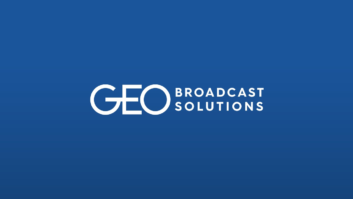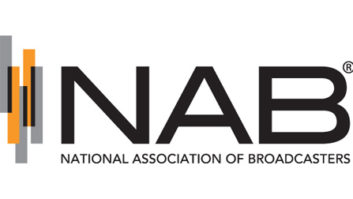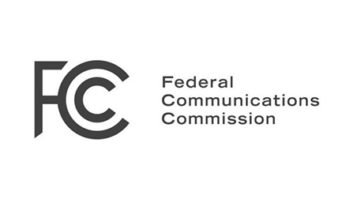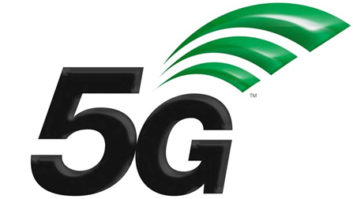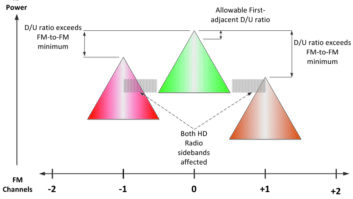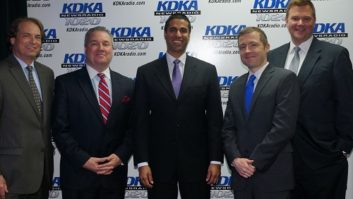As the Federal Communications Commission considers whether C Band spectrum should potentially be opened up for sharing with wireless operators, the National Association of Broadcasters has a caution.
In a filing submitted with the commission, the NAB urged the commission to require proponents of expanded use to submit specific and detailed technical proposals to the commission. “That is the only way to allow stakeholders to provide informed comments and analysis to guide the commission’s decision-making process,” the NAB said.
On May 1, the Office of Engineering and Technology and the International and Wireless Telecommunications Bureaus asked for comments on the feasibility of allowing wireless services to use or share parts of the 3.7–4.2 GHz spectrum band for 5G use.
Though the deadline for comments has passed, reply comments are being accepted through June 15.
[Read: Pai Sets July Vote for C Band Item]
Moves are already in the works; Chairman Ajit Pai plans to put the item up for a vote at the July public meeting. He announced the planned vote at the Wireless Infrastructure Association’s Connect Expo in May.
“I’ve got some good news to report on the midband front,” Pai told the WIA audience. “Last year, the FCC agreed to explore repurposing more midband spectrum, including the 3.7 to 4.2 GHz band, commonly called the C Band. We have done a lot of work on this issue in the time since — enough so that I’m pleased to announce today that at the FCC’s July meeting, I intend to put up for a vote a proposal to make more intensive use of that 500 MHz of spectrum, including seeking additional input on making it available for commercial terrestrial use.”
In its most recent filing, the NAB posited four key points.
One, that the C Band is necessary for content distribution, specifically for radio. “National Public Radio has stated that the public radio system depends on the C Band for reliable distribution of programming to the 475 public radio earth stations that together broadcast public radio programming to 42 million Americans each week,” the NAB said in its filing.
Second, that the availability of alternative means of content delivery — such as fiber— are significantly overstated and are not often an economically viable choice. Third, that the commission should insist on rigorous technical analysis of specific and detailed proposals before making decisions that will impact tens of millions of radio and television households.
And fourth, the commission should reject any proposal to eliminate or constrain its full-band, full-arc earth station licensing policy (under which fixed satellite service earth stations coordinate across the entire frequency band over the entire geostationary arc). “Preserving the longstanding flexibility that full-band, full-arc licensing provides is essential to broadcasters and other users that rely on satellite services,” the NAB said.
Reply comments can be made on the issue in the FCC ECFS database using Docket No. 18-122 through June 15.






